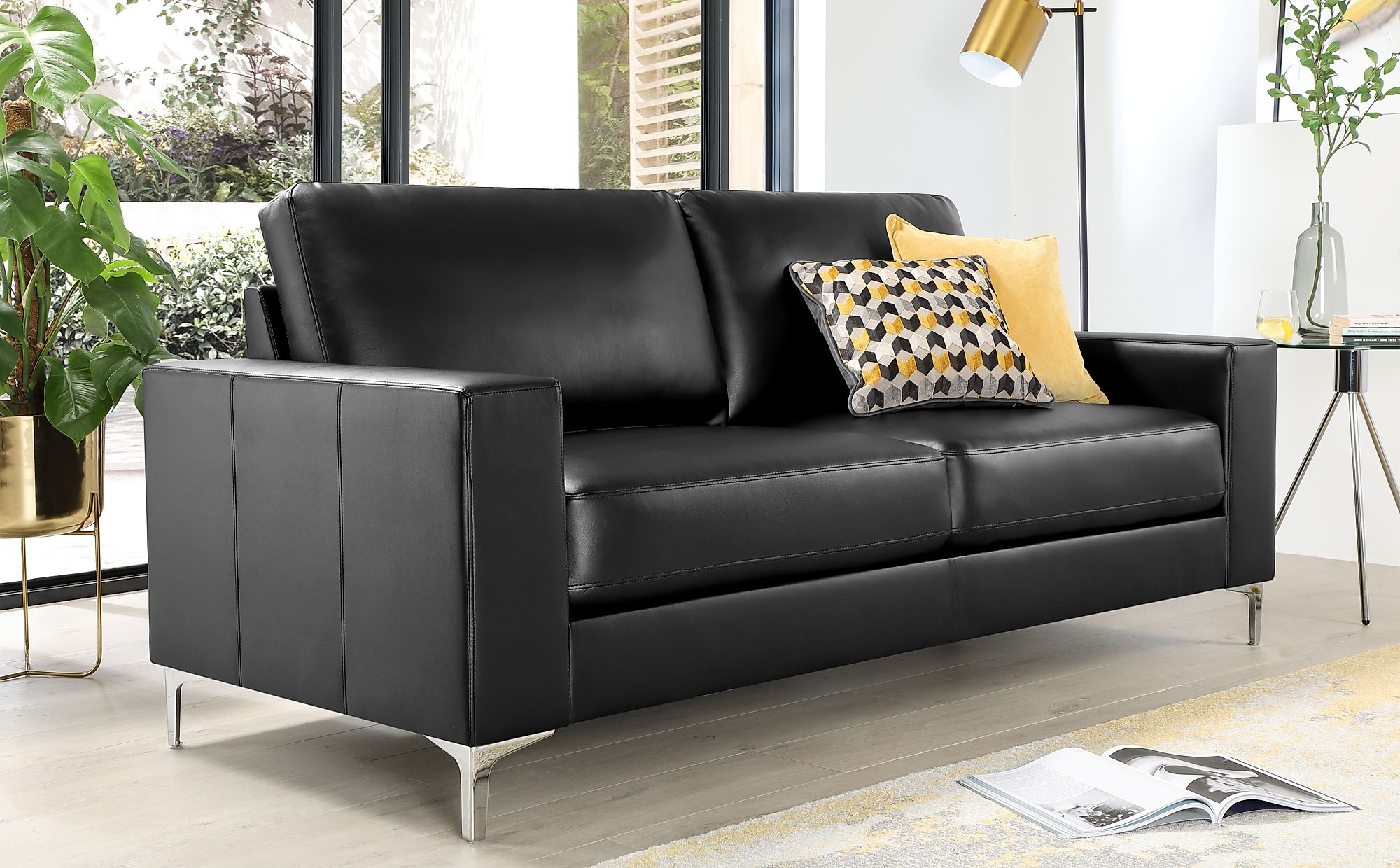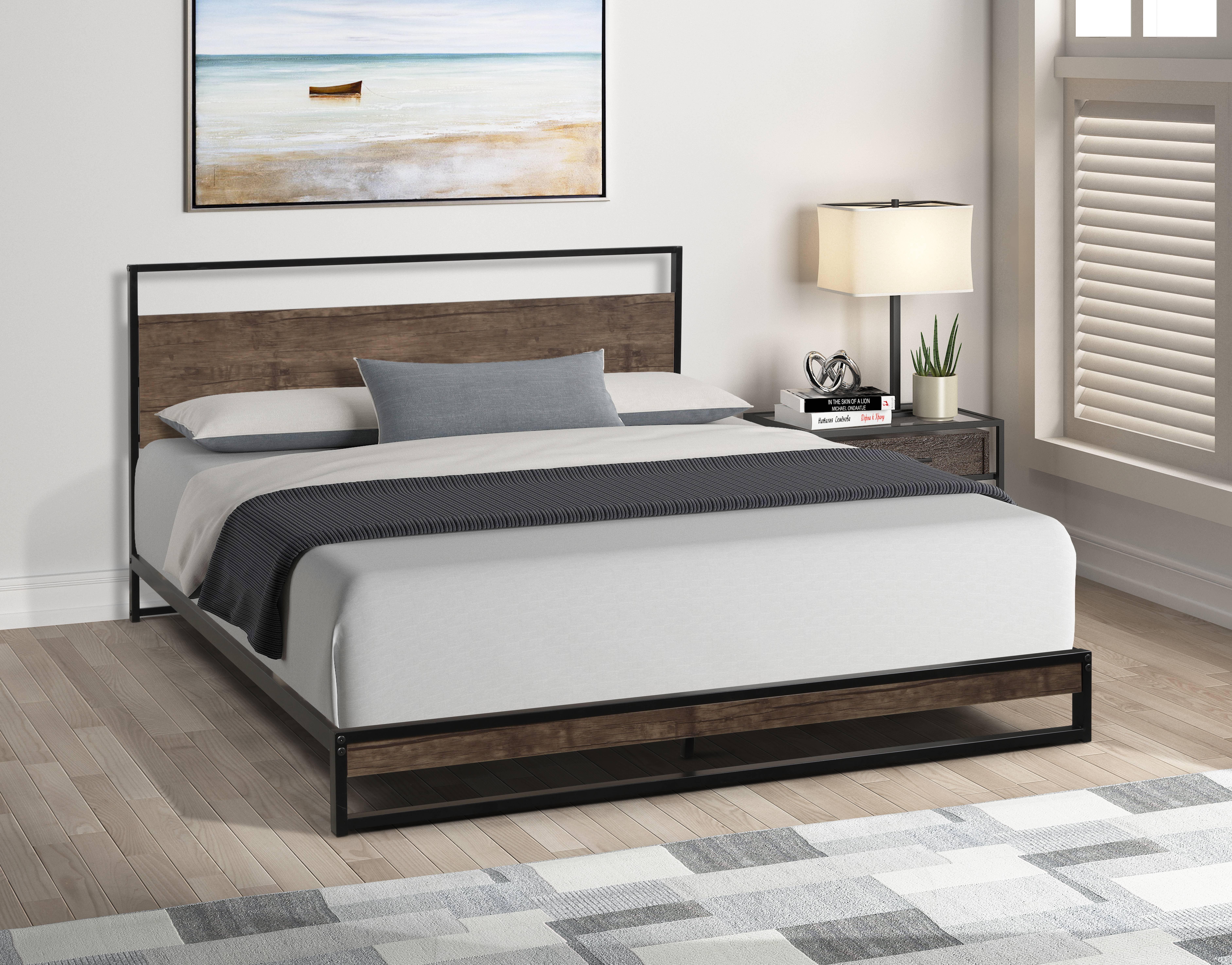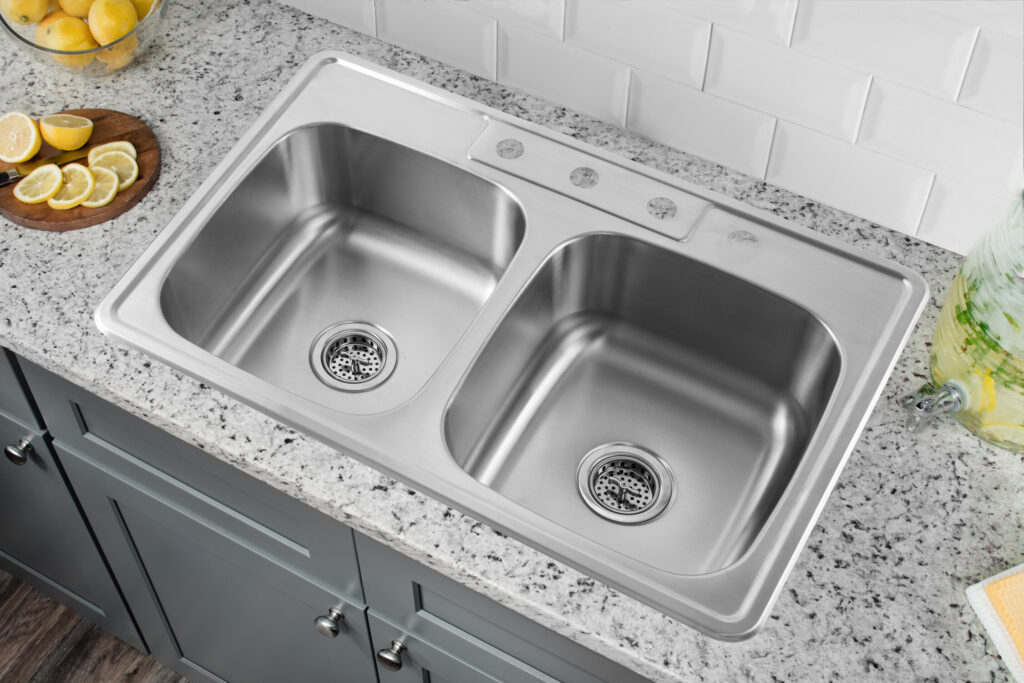Creating a charming yet luxurious living space is the dream of many homeowners. To receive the most impressive
return on your investment, turn to tiny house designs with skylights. A mid-sized luxury house typically requires
a lot of maintenance, especially for keeping it adequately illuminated. Luckily, a tiny house with skylights is capable
of brightening up your home with plenty of natural light. Skylights also add texture, dimension, and architectural
interest to a tiny house. Skylights mounted in the roof of your tiny house will not only disperse natural light throughout the entire place,
but also help your tiny house to be less vulnerable to moisture-caused damages. Meanwhile, the simple natural light
is perfect for people to read, work, or simply relax while admiring the view outside. You don’t even have to
worry about re-painting the interior walls, as the natural light from your skylights won't compromise the colors
of your interior room. Just like any other house, many tiny house designs with skylights come in multiple shapes, styles, and
designs. Whichever interior design style you’re going for, you can find the perfect skylight to match your
desired ambience. Some popular lightweight skylights from leading suppliers are the fixed-type, ventilating type,
and roof-integrated type, allowing you to customize the amount of sunlight and indoor air circulation in your tiny
house. Tiny House Designs with Skylights
If you live in a hot and humid climate like Indonesia, India, Mexico and so on, make sure to pick the
right tiny house designs for hot and humid climates. Living in such climates can be a bit of a challenge,
particularly regarding positioning of windows, ventilation, and insulation. Keeping your tiny house well-ventilated and
cool is essential for a pleasant living experience. A tiny house with poor ventilation will only further amplify the
heat, suffering the living standard. To make your tiny house well-adapted to a hot and humid climate, make sure to have plenty of windows installed in
all the appropriate places. The main goal is to maximize the air flow throughout your house, allowing your living
space to remain cool even during the warmest hours. Also, make sure to provide proper insulation to all parts of
your tiny house that may be exposed to strong winds. Don’t forget to choose materials for your tiny house that
can withstand water or humidity. Tiny houses for hot and humid climates also need proper lighting. Sunlight can be great for natural
heating, for instance in chilly winter mornings. But if your geographic location has a lot of long days with
strong sunlight, it may be necessary to tint or reflect the sunlight. And last but not least, make sure to
use proper building materials that are capable of enduring humidity. Materials like steel, aluminum and plastics
are great options for building tiny house designs for hot and humid climates.Tiny House Designs for Hot and Humid Climates
Tiny houses are becoming increasingly popular among young homeowners. After all, each square inch of a
tiny house must be used to its maximum potential, reducing the purchase cost per square feet as much as
possible. Creating low-cost tiny house designs requires a bit of creativity, careful planning and the
right selection of building materials. First of all, use multiple clever tricks to acquire the building materials at lower costs. Reclaimed materials,
second-hand building materials, or salvaged construction parts can all help you keep the building cost to a
minimum. Make sure to plan well before beginning the building process, reducing the chance of over-purchasing
materials and tools. Also, consider hiring volunteers to help you build your tiny house. Doing this is not only
cheaper, but also allows you to make creative customizations that are almost impossible to achieve otherwise. Leftover materials from the construction will come in very handy when you move in. For instance, you may
use them to concoct shelves, closed cabinets or even workspace tables. When these materials are combined with
some crafty and creative lighting designs, you can masterfully make a beautiful and functional tiny house, even
with low-cost tiny house designs.Low-Cost Tiny House Designs
Tiny houses have many advantages when compared to conventional-sized homes. Not only you can save a lot
of money and reducing energy consumption, but most importantly, you also save a huge amount of time in
house maintenance. When you’re living in a tiny house, very little tidying up is required, making cleaning
a breeze. However, some low-maintenance tiny house designs are better than others in this regard. Stainless steel appliances, furniture and fixtures tend to do very well with minimal maintenance. The same
can be said for hardwood floors, which not only can be restored to its original luster easily, but also require
minimal maintenance. Other materials that are known to be low-maintenance include stone countertops and wallpaper.
All these materials and features will save plenty of time when it comes to tidying up your tiny house. Light-colored flooring is also a smart choice for low-maintenance tiny houses. Dark colors may have an
upscale feel, but they tend to be more prone to dirt marks and scratches. For painting your walls, use bright
colors to create a positive atmosphere, while also providing low maintenance. All in all, many materials
are publicly available to make great low-maintenance tiny house designs.Low-Maintenance Tiny House Designs
Sometimes called cabin lofts, tiny house lofts are commonly built by connecting two stories of a tiny house
together. The upper floor, commonly called the loft, is usually smaller, typically used for storage and sleep.
The lower level is usually used as the living room, dining area, kitchen, and workspace. For this reason, it
is important to take tiny house designs with lofts into consideration when you start planning your tiny house. A tiny house with a loft can add unique appeal and sophistication to your living space. But bear in mind
that tiny house lofts can be tricky to build, especially if you’re doing it without professional assistance.
For instance, constructing stairs (or even ladders) can be time-consuming and difficult. Consider using prefabricated
materials and tools such as pre-cut wood for the staircase, or even pre-built loft bedrooms. Many tiny house designs with lofts come with the benefit of utilizing unused space that otherwise would
be completely wasted. However, if you’re into using two separate stories for your tiny house, make sure to
check the safety standard of the stairs and the loft parts for any potential hazards. Tiny House Designs With Lofts
Nowadays, some people are living in tiny houses for full-time. Many of us enjoy the minimalist lifestyle,
but there are still certain needs that have to be met. One of them is having an AC unit installed in your tiny house.
A good AC unit will make a huge difference in the living experience, especially on hot days. Therefore, when
you’re designing your tiny house designs fitted with AC units, make sure to use adequate units to cover
your entire apartment. The most popular tiny house ACs come in two categories: window-mounted and ductless-type. Window-mounted ACs
are a great choice as they are usually the cheapest of the two. Being installed into a wall or window, window
mounted ACs provide the most direct cooling to your living area. Meanwhile, ductless-type ACs have more flexible
placement options as they can be mounted on the ceiling, wall, or floor. Regardless of the type, just make sure
to choose the most optimal placement for effective cooling. Installing tiny house ACs can be surprisingly tricky. Therefore, it is important to research the various
brands and models beforehand, as well as taking notice to the size of the AC units. Above all, when creating
your tiny house designs fitted with AC units, be sure to take room size, insulation, and climate into
consideration.Tiny House Designs Fitted With AC Units
The sun can be a great source of free energy, so why not use it in your tiny house designs? Passive
solar solutions are very popular among tiny house owners, and for a good reason. Passive solar solutions
require very little active input from the homeowners, yet able to facilitate passive heating, ventilation
and cooling of your living space. The most popular passive solar solutions include proper building orientation
and daylight control. Make sure to position your house to face north or south, allowing the sun to heat the entire place properly.
Also, consider installing sunlight windows to maximize the amount of natural light entering your home. That alone
can massively reduce energy consumption, but make sure to minimize glares and shadows using curtains and blinds.
Lastly, don’t forget to add insulation to your tiny house for maximum efficiency of your passive solar tiny
house designs. Ideally, you should incorporate some thermal mass materials such as adobe bricks, concrete, or stone to store
heat, and releasing it gradually when it gets cooler. Doing this not only makes your house warmer in the night,
but also efficiently pre-warm the air for daytime. All in all, many creative and innovative solutions are
available for maximum leverage of passive solar tiny house designs.Passive Solar Tiny House Designs
Passive Solar Tiny House Designs
Living in unfamiliar climates can be challenging, imposing strain on even a well-designed tiny house.
Extreme climates are particularly difficult as even the finest customizations may not be enough to make
the house suitable for the weather conditions. To make sure your tiny house is suitable for the climate,
you have to understand the local area and construct the house accordingly, using climate-appropriate tiny
house designs. The first step is to use the right building materials. For instance, tropical areas with strong winds may
call for build materials that can resist mildew or rot, such as composite wood or metal shingles. Meanwhile,
rock and stone are ideal insulation materials for cold areas since they have great thermal mass. Also, consider
making adjustments to your tiny house location, such as elevating the house or creating a sloped roof for
summertime protection. Tiny houses of extreme climates should also prioritize ventilation. Utilize proper passive ventilation
techniques such as skylights, openings, or cross-ventilation. If you can’t find enough natural sources to
achieve a satisfactory amount of ventilation, a generator-powered fan might do the job. All in all, take
plenty of time studying the local climate and create climate-appropriate tiny house designs.Climate-Appropriate Tiny House Designs
The harsh but mesmerizing arctic environment presents a unique challenge for tiny house designers.Before
anything else, arctic ring tiny house designs need to reduce as much as heat loss as possible while
maintaining the air quality. For these reasons, insulation is the top priority, followed by ventilation,
air circulation, and the building material. For insulation, consider adding extra layers of foam insulation around the walls. Make sure to check
for wind infiltration and insulation levels to properly seal the gaps in the walls. Then, make sure to
provide enough ventilation and air circulation around the house to reduce moisture and mildew and promote
fresh air circulation. The last piece of the puzzle is the building material. Fading and cracking may occur easily in the arctic
environment, so using weather-resistant materials like steel or composites is essential for the durability of
arctic ring tiny houses. Last but not least, don’t forget to provide enough light during the winter season
since arctic countries experience very limited daylight. With the help of creative designers, homeowners can
make beautifully functional arctic ring tiny house designs.Arctic Ring Tiny House Designs
Fossil fuels are depleting fast, and many homeowners are switching to sustainable energy solutions.
Tiny house designs are great for living a lifestyle that is both unique and eco-friendly, and presenting
plenty of opportunities for us to reduce our carbon footprints. To make sure your tiny house is truly
sustainable, consider adding renewables and energy-saving equipment into your sustainable tiny house designs.
Here are a few effective solutions that might come in handy. Solar photovoltaics are one of the most popular renewable energy sources for tiny houses. Installing
solar panels can significantly reduce energy consumption while supplying you with all-natural, clean
energy. Solar PV may require a bit of trial-and-error to find the most effective location to capture
the most sunlight, but when done correctly, you can expect very high efficiency. Considering adding a water tank to store rainwater and a composting toilet is a must if you’re
looking to live in an off-grid tiny house. To add these two crucial components, consider consulting
professionals or researching on the web for the best way to install them. All in all, by targeting
energy efficiency and using clean energy solutions, many homeowners are leveraging sustainable tiny
house designs to achieve a self-sustaining lifestyle while reducing their carbon footprints.Sustainable Tiny House Designs
Taking Advantage of Warmer Climates with Your Tiny House Design
 If you’re fortunate enough to live in a part of the world with warmer climates, you can take advantage of the temperature and design a
tiny house
to better suit your needs. Warmer climates and year-round sunshine means you can make the most out of your
tiny home’s
floorplan, save energy and enjoy your outdoor spaces without worrying as much about extreme temperatures. Here are a few key tips to consider when designing your
tiny house
.
If you’re fortunate enough to live in a part of the world with warmer climates, you can take advantage of the temperature and design a
tiny house
to better suit your needs. Warmer climates and year-round sunshine means you can make the most out of your
tiny home’s
floorplan, save energy and enjoy your outdoor spaces without worrying as much about extreme temperatures. Here are a few key tips to consider when designing your
tiny house
.
Take Advantage of Natural Ventilation Systems
 In the majority of climates, the simple exchange of air through natural ventilation using windows and ceiling fans can make a huge difference to your
tiny house
design. Natural ventilation is one of the best ways to reduce your reliance on air conditioning and reduce your energy use. You can advantage of cross-ventilation, or introduce air-movement systems like BreezeBoost to create a more consistent airflow. Both help to naturally cool down an area without using any electricity.
In the majority of climates, the simple exchange of air through natural ventilation using windows and ceiling fans can make a huge difference to your
tiny house
design. Natural ventilation is one of the best ways to reduce your reliance on air conditioning and reduce your energy use. You can advantage of cross-ventilation, or introduce air-movement systems like BreezeBoost to create a more consistent airflow. Both help to naturally cool down an area without using any electricity.
Think About Insulation and Window Placement
 If you’re living in a hotter part of the world, or even if you commute to cities with less mild climates, thinking about how to insulate your
tiny house
is key. For example, double-paned windows can help reduce the amount of heat transfer between the exterior and interior of your
tiny home
when the temperature starts to rise. And if warm air does come in through the windows, consider the placement of interior fans across the house to more efficiently circulate air throughout the space. Additionally, paying close attention to roof design and types of insulation can help keep your house cool in the heat of summer and warm in the colder months.
If you’re living in a hotter part of the world, or even if you commute to cities with less mild climates, thinking about how to insulate your
tiny house
is key. For example, double-paned windows can help reduce the amount of heat transfer between the exterior and interior of your
tiny home
when the temperature starts to rise. And if warm air does come in through the windows, consider the placement of interior fans across the house to more efficiently circulate air throughout the space. Additionally, paying close attention to roof design and types of insulation can help keep your house cool in the heat of summer and warm in the colder months.
Make Use of Efficient Lighting
 One of the biggest benefits of warm climates is the abundance of natural sunlight. When designing your
tiny house
, install large elements of glazing to allow this natural light to come in to help keep your space cool and to minimize the need for artificial lighting. You can also add window blinds and shutters to help you control the amount of light entering your
tiny home
depending on the time of day and the season. For times when you need extra lighting, consider using LED lighting systems – these are more energy efficient and produce less heat than standard bulbs.
One of the biggest benefits of warm climates is the abundance of natural sunlight. When designing your
tiny house
, install large elements of glazing to allow this natural light to come in to help keep your space cool and to minimize the need for artificial lighting. You can also add window blinds and shutters to help you control the amount of light entering your
tiny home
depending on the time of day and the season. For times when you need extra lighting, consider using LED lighting systems – these are more energy efficient and produce less heat than standard bulbs.



























































































